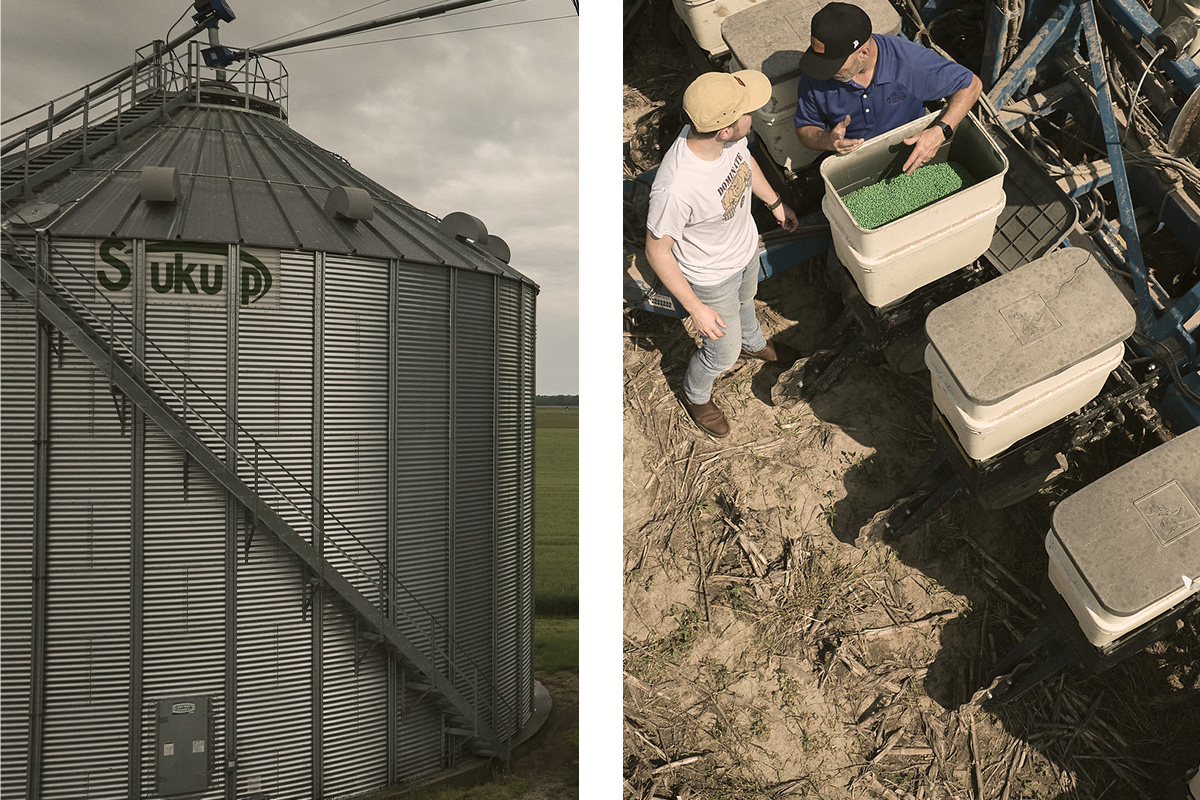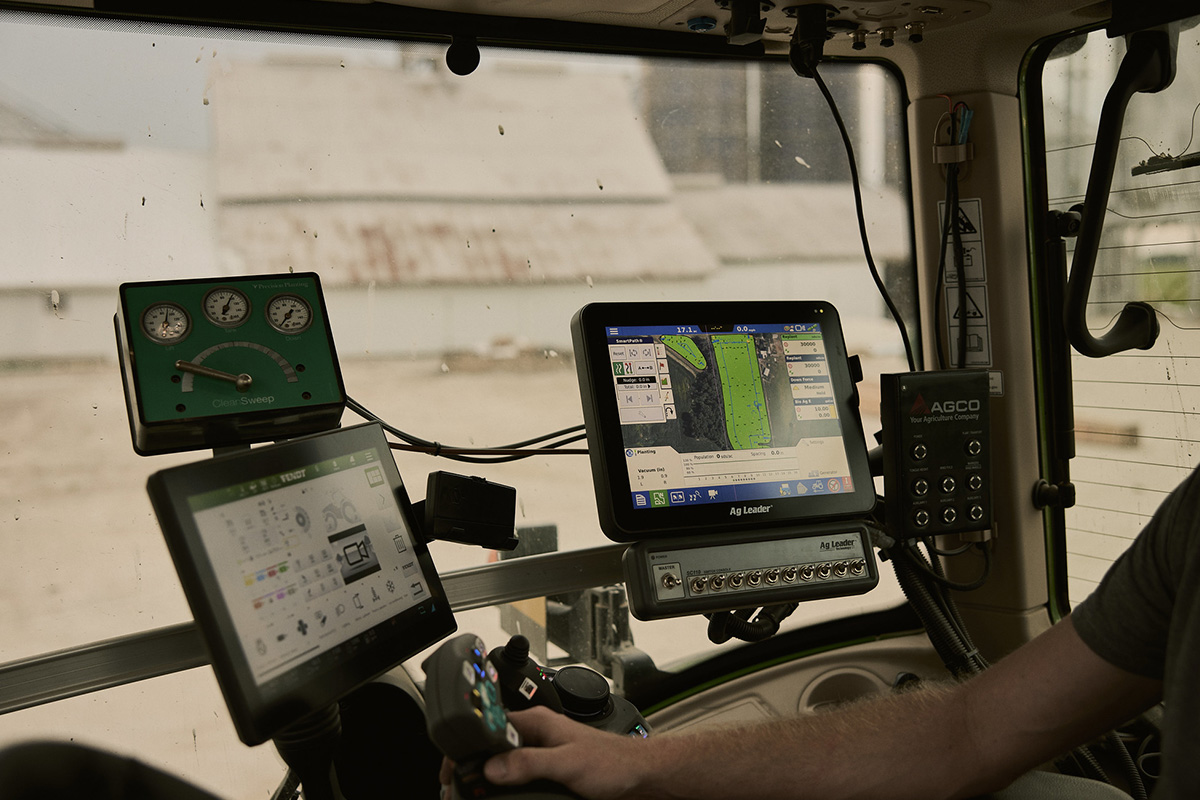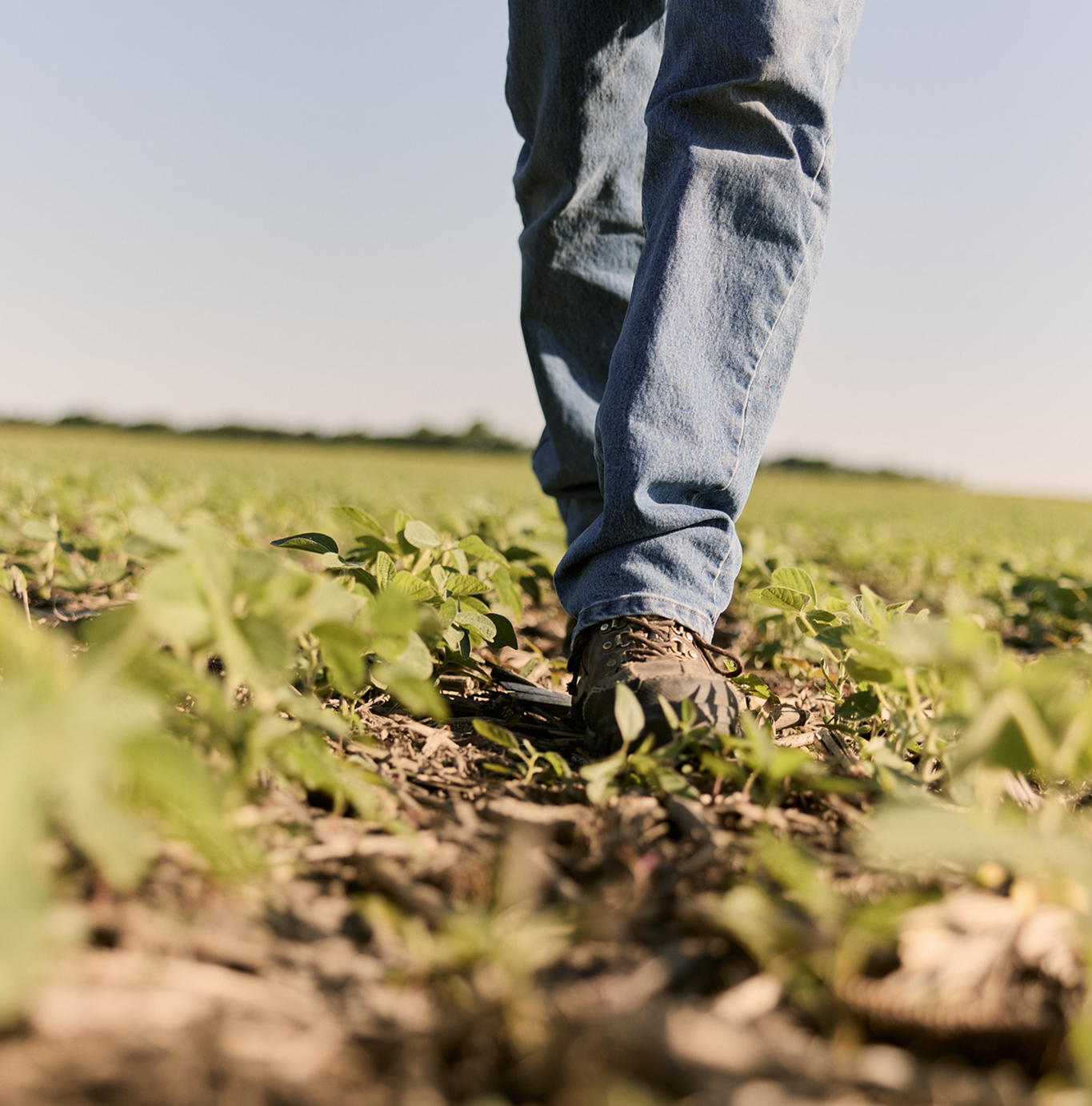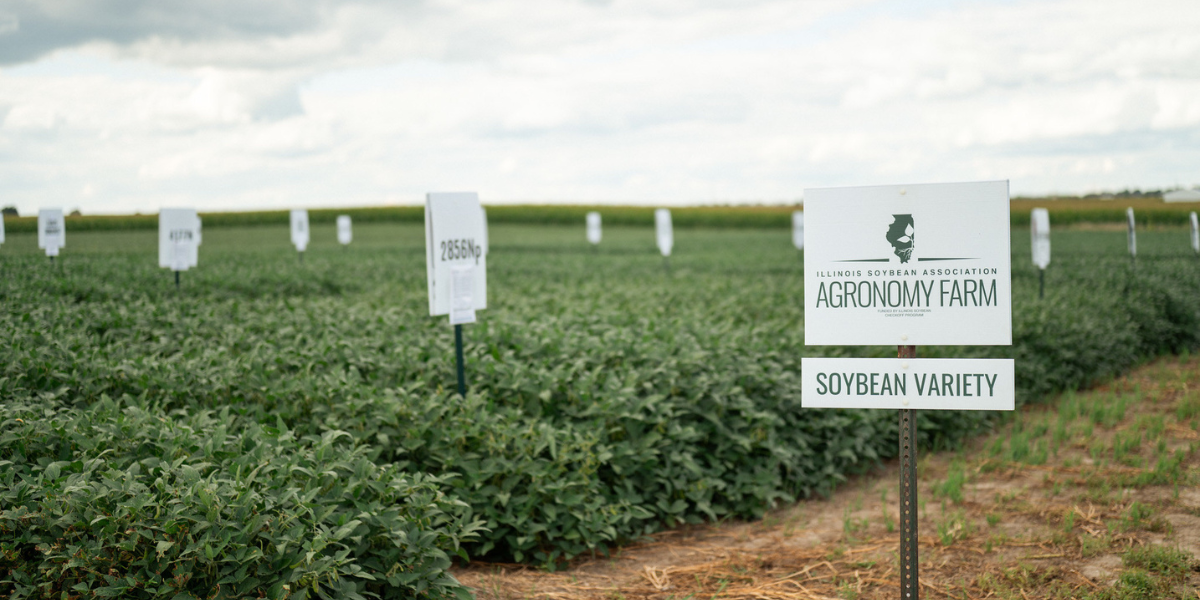Traditional and Retail Financing
Hill says the primary means of securing operating loans still comes through bank financing, which can be set up on an annual basis or as a revolving line of credit.
“Operating loans are still the bread-and-butter financing backbone of the agricultural industry,” he says.
As interest rates have increased over the past several years the cost of those operating lines of credit has also increased. Hill suggests that farmers also check into dealer-provided finance packages for annual production as well as capital expenses.
“There’s a range of retail financing through your local seed company or retailers where they can give you low interest or 0 percent interest to get to Dec. 31,” Hill explains. “That is something I utilize more now in a high-interest rate period than I would have in a 3 percent to 4 percent interest environment.”
Hill says leasing has become an option to secure all types of capital resources. As he sits down with customers for “kitchen-table” discussions to review their options, he always makes sure his farmer clients are aware of the large residual payments due at the end of the lease period instead of a large down payment up front.
“You can do building leases, tile leases, fleet leases, to get yourself a fleet of semi-trucks or pickup trucks,” he says. “It’s very flexible when using the leasing option is appropriate.”
Balancing Interest Rates and Working Capital
Hill says the major consideration this year is farmers trying to balance the preservation of working capital with the mitigation of higher interest rate risk.
“In the last agricultural cycle coming out of 2012-2013, the one piece working in our favor was the low interest rates,” he says. “But now, with rates at 8 percent to 9 percent, how can we mitigate that? Typically, the first thing is using more cash down payments so that we don’t have as much interest accumulating. But having that cash available every time you use those dollars often means having to borrow more on your operating lines of credit.”
He said some farmers are using capital lines of credit that renew every five years, which can help stabilize a balance sheet to preserve working capital. “If a farmer wants to pledge real estate for collateral, we can set up a real estate revolving line of credit that we can have obligated for a 10- to 20-year period,” Hill explains. “This lets people utilize their equity and be flexible with how they want to finance that, how much down payment they want to allocate and be nimble with tight timelines to get those investments done.”
Hill said there are other options, such as an annual loan conversion—a pared-down refinance option.
“With real estate and equipment loans, I am able to, once every 365 days, touch base with my customer and say, ‘Rates went from 8 percent down to 6.5 percent. It looks like we can drop your rate a percent and a half, and you can still maintain your fixed rate.’ We can DocuSign that and have it out to them the same day. It’s like refinancing your house, except it can be done with a phone call, no title work, no appraisal and no additional financial collection. We’re eligible to do that once every 365 days per loan, so if we go through a five-year period where we’re dropping a percent a year, and we go back to 3 percent interest rates, we can take advantage of that.”
Outlook for 2024
From his vantage point of farmer and financial professional, Hill thinks the likely financial scenario for farmers in 2024 is that it is a break-even year or one with “shallow losses.”
“If we can break even or have modest margins, 2024 should be considered a pretty good year,” he said. “We need to be very cautious of what investments are in the best interests of our cash flows.”

When deciding between leasing and buying, farmers should always be aware of large residual payments due at the end of the lease period instead of a large down payment up front when purchasing. As a strategy, leasing helps with cash flow and preserves working capital.

Farmers who want to stay on the cutting edge of agtech are likely to lease and “turn their equipment” every three years, since leasing provides a quicker avenue for integrating new innovations on-farm.
Owning vs. Leasing Equipment
Owning farm equipment offers several benefits, primarily a sense of ownership. Although the initial down payment can be daunting, purchasing machinery can be more economical over time because of tax advantages such as depreciation and loan interest deductions. The equipment’s asset value also enhances a farmer’s balance sheet, aiding in securing additional credit.
Yet high down payments can strain budgets, especially for new or financially constrained farms. Additionally, maintenance responsibilities increase as equipment ages, requiring regular and potentially costly upkeep. Equity of owned equipment can also be a double-edged sword because depreciation of value occurs over time.
Leasing equipment offers a different set of benefits that can be particularly attractive to new or small-scale farmers. The primary advantages are the lower upfront cost and less pressure on cash flow. Leasing allows farmers to allocate resources more effectively across critical areas of their operation, according to Josh Harrison, CEO for AGCO Finance in North America.
“I haven’t really seen a large upswing recently toward leasing on the tractor or combine side,” he says. “There have been peaks and valleys over the last 10 or 15 years, but we are always seeing at least some interest in leasing equipment in general. Customers have expenses or investments outside of equipment, and it frees up some capital there.”
Harrison says tailored equipment financing, whether purchased or leased, is growing in popularity.
“We have financial tools and solutions to really offer flexibility depending on the type of farm and the farmer’s needs,” he says “We have the flexibility of going short-term versus long-term. Short-term gives customers an opportunity to trade equipment more often. We do see leasing, depending on market trends, to be an avenue where customers look, but it also comes down to a farmer asking, ‘How can I get into this machine at an afford- able standpoint, given all my other costs around the farm that I am incurring today?’”
As with new equipment, leased equipment comes with the latest advances in agricultural technology. According to Harrison, farmers who want to stay on the cutting edge of ag tech are likely to “turn their equipment” every three years, and leasing provides a quicker avenue for upgrading to the latest ag tech.
Ben DeWees, Business Development Manager at DLL, works with a number of equipment dealers in Illinois and across the U.S. when farmers are in the market to upgrade their equipment.
Equipment costs can vary widely, depending on size and type, from large four-wheel drive tractors for traditional field work to smaller models for mowing and utility operations, according to DeWees.
“Your typical row-crop tractors in today’s market are probably $200,000 and up,” he says. “I’ve come across some close to $700,000,” he says. “It varies quite a bit on what it is, the size and horsepower, and what it’s used for.”
For a moderately sized combine that would be used on a commercial-scale farm, DeWees estimated the basic cost at $500,000 and up for a new machine. When combined with the cost of headers, he says, “You’re probably getting close to three-quarters to a million dollars.”
“Every operation is just a little bit different,” he says. “We’ve had some operations that have only done leasing over the last decade and others that have only done retail financing. And then you’ve got some that switch back and forth depending on the situation. But I haven’t seen any strong uptick or demand this year compared to past years. It seems to be pretty in line with where we’ve been.”
According to DeWees, farmers interested in equipment leasing are usually pursuing a strategy to maximize their cash flow or preserve their working capital. Or, he explains, sometimes the lease option just allows farmers to acquire newer or larger equipment than they could secure through traditional purchasing.
“It lets them get into some newer, bigger equipment for a little less money,” he said.
Leasing agreements, according to DeWees, can be fully tailored to meet the farmer’s needs, including factors such as the length of the lease that corresponds to warranty terms or timely ag tech upgrades, all the while optimizing cash flow.
Recent Articles
ISA's new Agronomy Farm is a nearly 98-acre site designed to turn checkoff-funded research into practical, field-ready insights for Illinois farmers.
By Abigail Peterson, CCA, ISA Director of Agronomy

